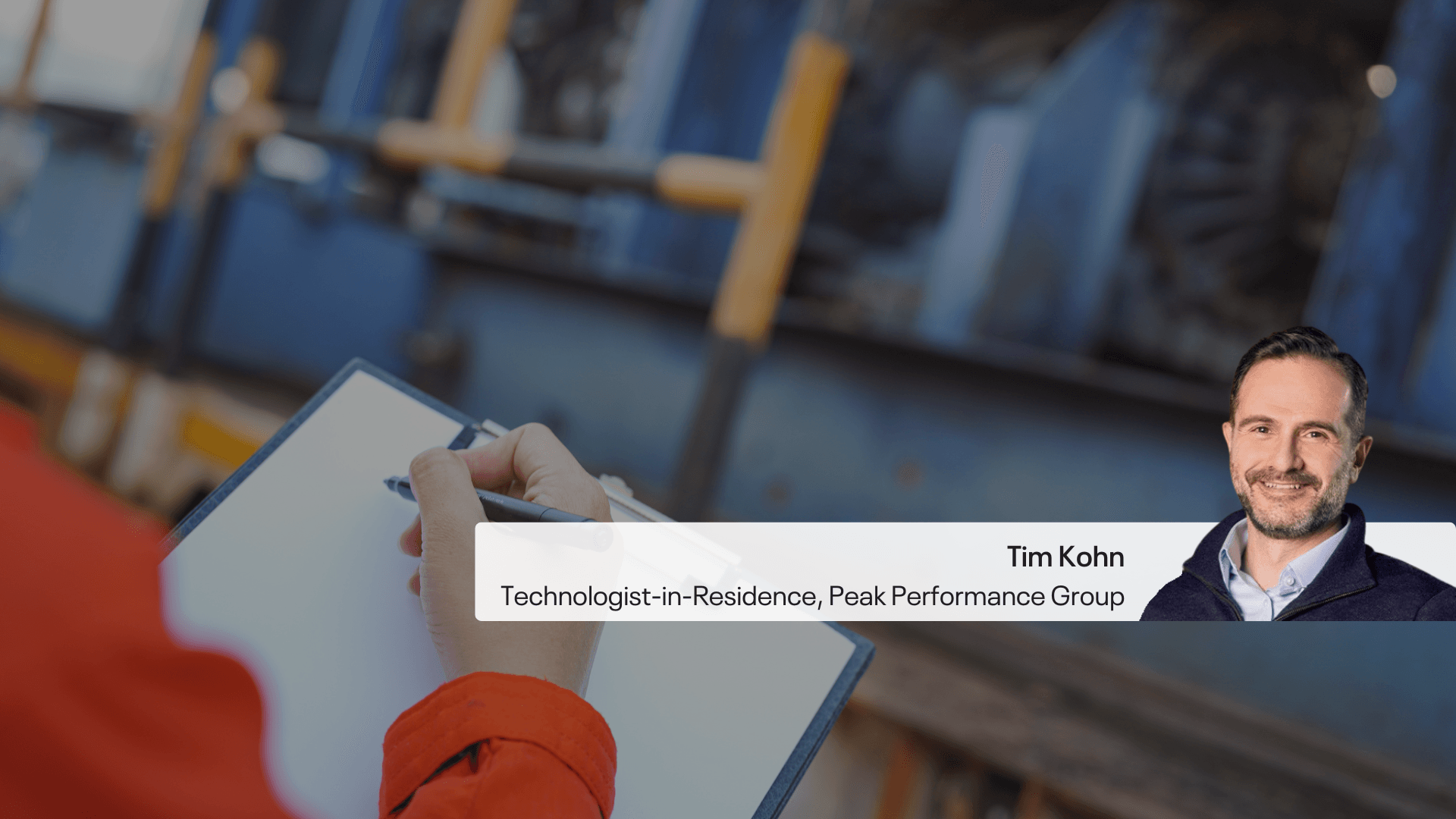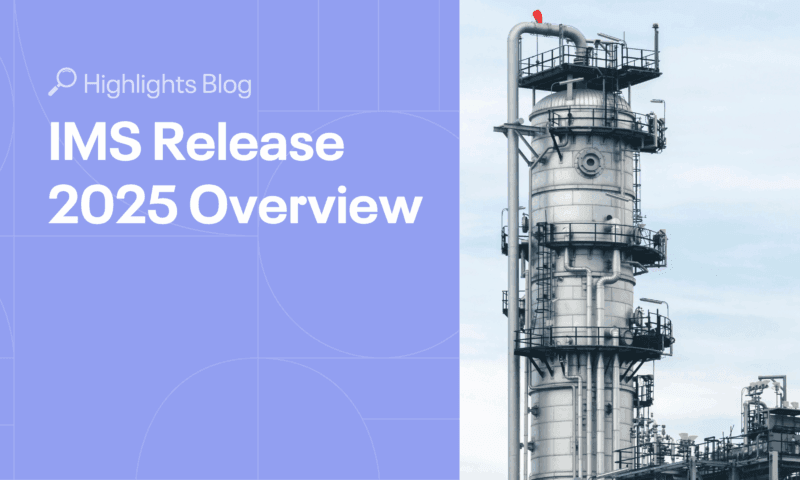There’s a lot of excitement and a fair amount of confusion about how AI will shape the future of work. From generative interfaces to autonomous agents, the conversation often leans toward science fiction. But what happens when we ask: What actually works today? And where does AI genuinely help people in real-world industries?
Making AI Useful, Not Just Impressive
In a recent conversation, two leaders – Summit Partner’s Tim Kohn, with a background in digital product design and systems, and Marko Božac, Product Manager at Cenosco – brought a much-needed pragmatic lens to this question. Their discussion touched on the promise of natural language interfaces, the grounded applications of AI in oil and gas, and the line between helpful automation and irresponsible autonomy.
Here’s what we learned.
1. Natural Language Interfaces: When They’re Actually Useful
Tim noted that natural language can be a fantastic interface, but only under certain conditions. Specifically, it shines when users are navigating unfamiliar or complex tasks. “It works well,” he explained, “for describing operations that happen at specific times under specific conditions.” When someone doesn’t yet know how to use a product or system, a conversational interface can provide a helpful, forgiving way to explore and learn.
This flexibility is particularly valuable in the early stages of product engagement or when a user is performing something infrequent or nuanced. Natural language becomes a bridge between the user’s intent and the system’s complexity.
However, the same strength can become a weakness when tasks are frequent or repetitive. Tim pointed out his daily frustration with voice assistants like Alexa, where simply setting a timer becomes a tedious interaction. “I feel a little repetitive,” he said. “I’d rather just push a button or make a couple of clicks. It’s more time effective.”
This contrast highlights an important UX truth: Natural language interfaces are best for exploration, complexity, or learning, but they’re often inefficient for routine, high-frequency actions. Structure and speed trump flexibility for seasoned users who want to get something done quickly.
2. AI in Oil and Gas: Real Progress in Preventive Maintenance
Marko shifted the focus to real-world AI adoption in the oil and gas sector, an industry where stakes are high, systems are complex, and efficiency is paramount. One of the most promising applications? Predictive maintenance.
He explained that sensors across industrial assets often generate vast amounts of data. AI models are being used to analyze this data in real-time, flagging potential equipment failures before they occur. “Maybe it’s a good time to replace a certain valve,” he said, describing how AI can help avoid unplanned downtime and reduce operational risk.
But Marko sees a bigger picture. The real opportunity isn’t just in automation—it’s in amplification. Many companies in heavy industry face a shortage of engineering talent, with increasing pressure on the existing workforce to deliver more with less. AI, he believes, can be a force multiplier for these roles. With the right tooling, engineers can become significantly more productive, tackling broader scopes of responsibility with greater confidence and insight.
3. Autonomous AI in Industry? Not So Fast
The conversation turned to a provocative question: Will AI ever make autonomous decisions in places like oil rigs or refineries?
Tim firmly rejected the idea. “You want specific, predictable behaviors under specific conditions,” he said. The inherent uncertainty of current AI systems makes them unsuitable for environments where safety, compliance, and precision are non-negotiable.
He did see a future role for AI in designing automation, helping engineers create systems that are deterministic and reliable. But the idea of AI actively making decisions on the fly, with human oversight as a rubber stamp? That’s a recipe for complacency and errors. “We tend to get lazy when we’re just asked to confirm something, and we end up making mistakes.”
While optimistic about AI’s potential, Marko emphasized the need for pragmatism over hype. The goal, he said, is not to chase futuristic fantasies, but to identify concrete problems worth solving with the help of technology. This mindset is especially crucial in safety-critical environments, where experimentation must be paired with responsibility.
Top Insights from the Conversation with Tim Kohn
- Natural language interfaces work best when users are learning, exploring, or performing complex tasks. For routine tasks, they often introduce friction rather than remove it.
- AI is already driving value in heavy industry, especially through predictive maintenance and data analysis. These tools reduce downtime, cut costs, and extend asset life.
- The goal of AI in industry is not full autonomy but enhanced human performance. Engineers can do more when AI helps them spot patterns, anticipate problems, and act proactively.
- Blind trust in AI is risky. AI should support, not replace, human judgment, especially in environments where stakes are high and decisions must be fully accountable.
- The best AI strategies are pragmatic and problem-driven, not hype-chasing. Real impact comes from solving real problems with the right technology at the right time.
Watch the video below to gain more insights:





